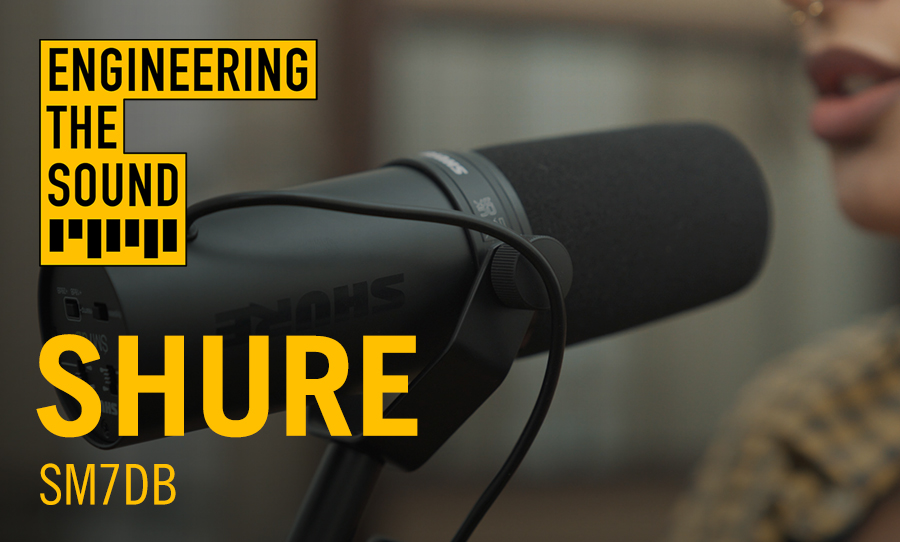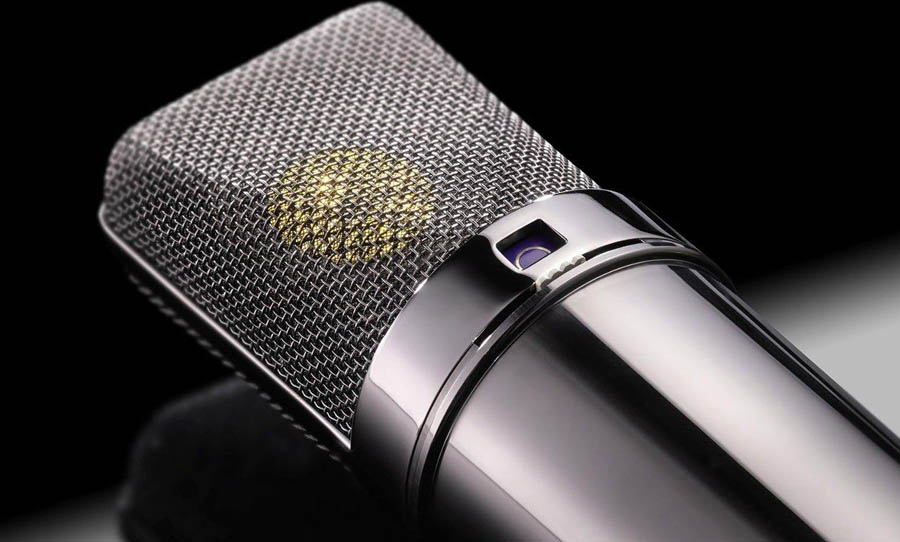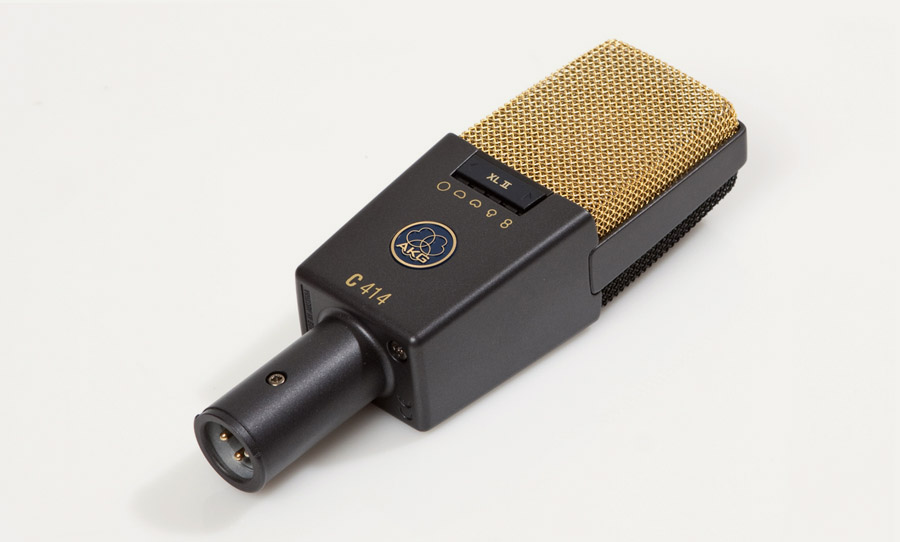Not only does it look like a silver bullet, but generations of engineers have also treated the Neumann U 47 as such. Let’s take a closer look at this classic’s beginnings and the ways it continues to reign supreme.
Neumann is the hallowed German audio company that’s been at the business end of the signal chain for more than 90 years. Most prestigious in the company’s unimpeachable mic locker is the U 47 – the original large-diaphragm condenser made famous by any number of singers over the decades.
The U 47 has come in a few guises over the decades. The most telling tributes, however, have come from other companies. But why not create your own microphone design? The answer is simple: it’s impossible to improve on perfection.
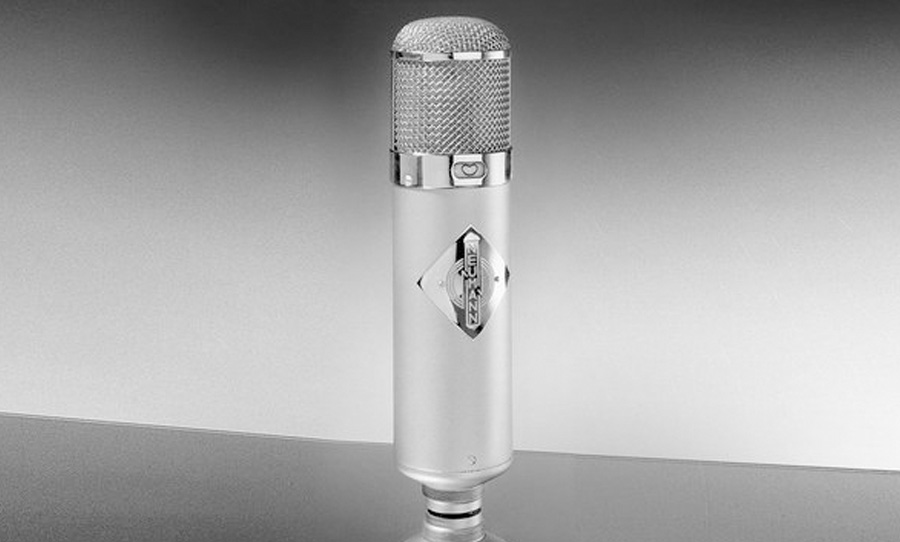
Setting the Standard
Out of the ashes of war, Georg Neumann’s company premiered the U 47 at the 1947 Berlin Radio Show and therefore took on the auspicious digits (although it wasn’t commercially available until 1949). The Second World War, in fact, played a very direct role in creating the microphone’s identity. The electrical infrastructure of Germany was crippled – radios and broadcasting services needed options for running appliances via alternating or direct current.
Telefunken was the company to fulfill this demand, creating the VF14 tubes that would be central to the tone of the U 47. The deal cut between the two companies meant the Telefunken could badge and distribute the microphone, but crucially, it also allowed Neumann to handpick the tubes, test them rigorously and select which examples were suitable for the microphone use.
This kind of attention to detail and quality control cemented Neumann’s reputation from the get-go, instilling trust in the brand in the eyes of the professional audio industry by creating a product that could be relied upon.
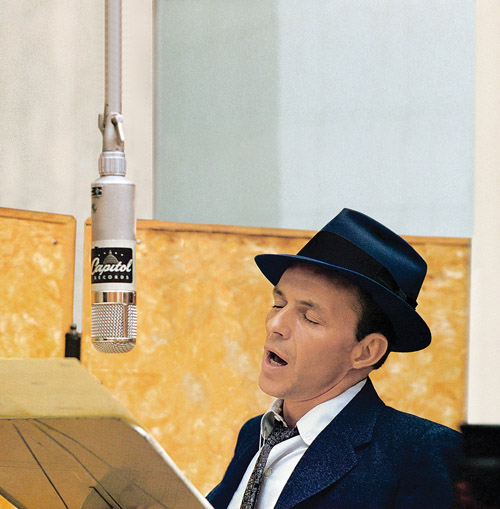
Another key to the success of the microphone was the M7 capsule. It was also the first condenser to have multiple polar patterns – with the ability to switch between cardioid and omnidirectional configurations and key to its versatility. At twelve microns thick, with a layer of evaporated gold, the diaphragm and capsule assembly that was originally fitted in the U 47 was an unprecedented piece of precision engineering.
The most significant adaptation of the microphone was the U 48, coming in 1957. The headline change was the addition of the Figure-8 pattern. The Beatles producer George Martin even sent his pair of U 47s back to the Berlin factory to get the Figure-8 modification.
Friends in High Places
Even in the early days, the U 47 enjoyed a reputation for excellence and crucially in the burgeoning industry of commercial recording, versatility. The jazz crooners of the 1950s like Nat King Cole and Frank Sinatra famously attached to their big voices to the big microphone.
The nature of the jazz delivery, with dramatic fluctuations in dynamics, timbre and mood is no small thing for a microphone to handle, yet as we know from those archetypal recordings, it did so with aplomb.
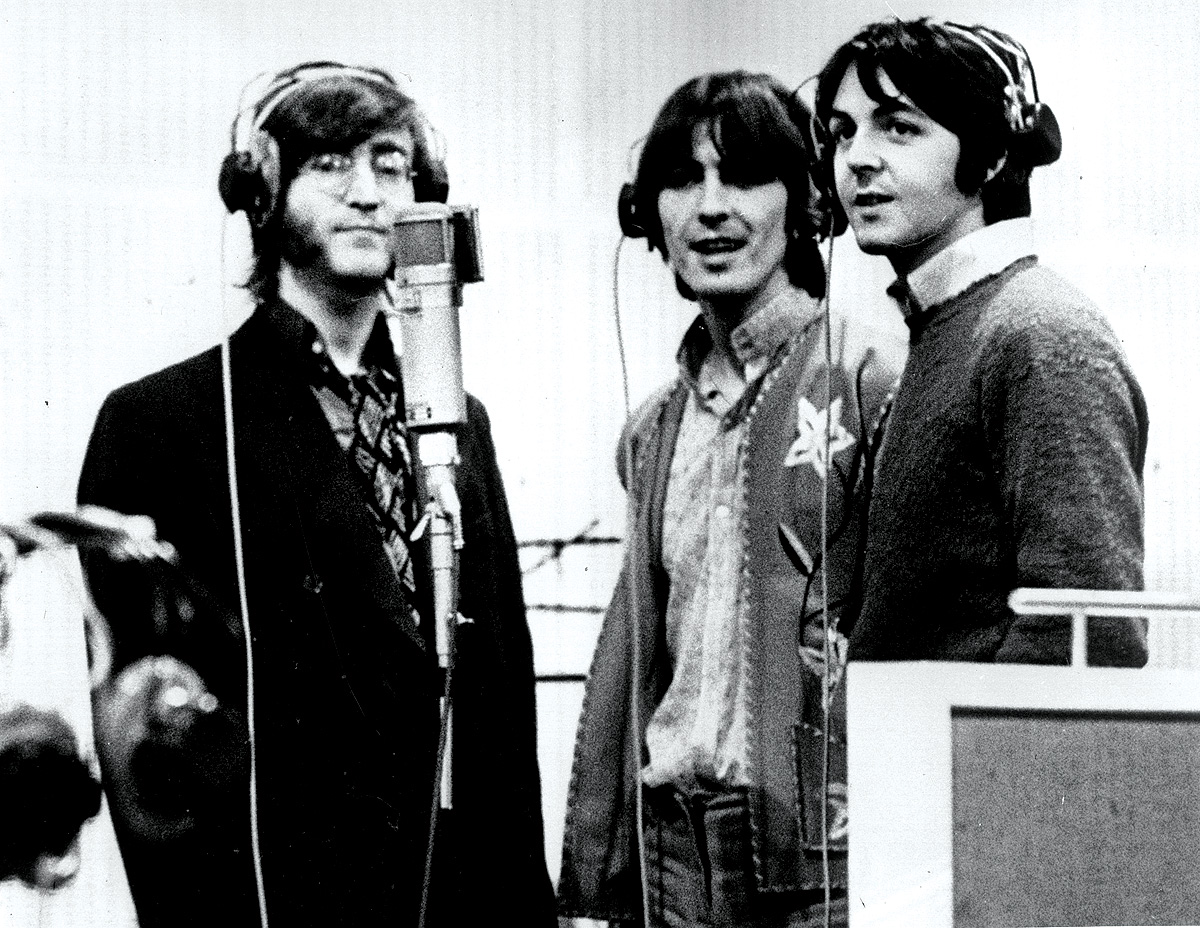
The aforementioned George Martin was a fan, so it made its way into many sessions with The Beatles. It was the first choice microphone for capturing the volatile stylings of Jim Morrison of The Doors, it could handle Aretha Franklin‘s stadium-sized voice with ease and could articulate the low and intimate delivery of Johnny Cash.
That’s not to mention it’s extensive use on classic instrumental sessions. The U 47 was synonymous with the golden age of iconic jazz albums, capturing the unpredictable and sometimes unforgiving blasts from the horns of Miles Davis and John Coltrane among others.
The microphone gained a new life 20 years after its original release, with the U 47 FET, a solid-state version of the microphone. Upon its release, it wasn’t immediately adopted as a lead vocal choice, but became a popular option for capturing instrumental sounds, like the kick drum, drum overheads, double bass, as well as guitar and bass amplifier cabinets to mention a few.
The Imitation Game
So, back to the challenge posed at the top of this article – why go back to the drawing board when the perfect blueprints are laid out in front of you? Well, many microphones have taken up this philosophy to greater and lesser degrees of success.
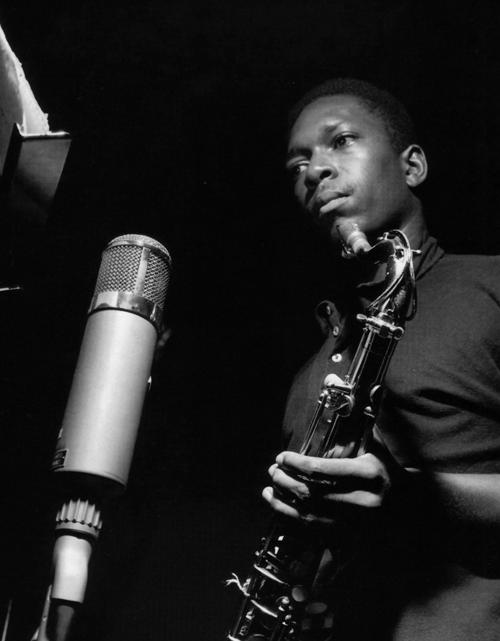
Examples from Warm Audio, Wunder, Pearlman, Flea, Bock, Slate VMS, Australia’s own Beez Neez and even Telefunken themselves have attempted to capture the soul of this icon. The question is: why?
In the case Warm Audio, for example, the clear goal is to introduce users to the U 47 family of sound at a price they can afford. Considering that the real deal will set you back a number stretching well into five-figures, it’s an admirable goal indeed.
In the case of Telefunken, the link is clear. They were responsible for the VF14 tube at the heart of the original microphone and have painstakingly recreated the tube using new technology. They’ve also newly constructed the M7 capsule, creating an incredibly exacting replica of the original microphone. A flagship microphone with a price tag to match.
The Slate VMS (Virtual Microphone System) represents a completely different approach. It utilises a completely neutral signal path from microphone through to preamp, then uses advanced digital processing to recreate the tone of the U 47, not to mention several other near-mythical microphone options.
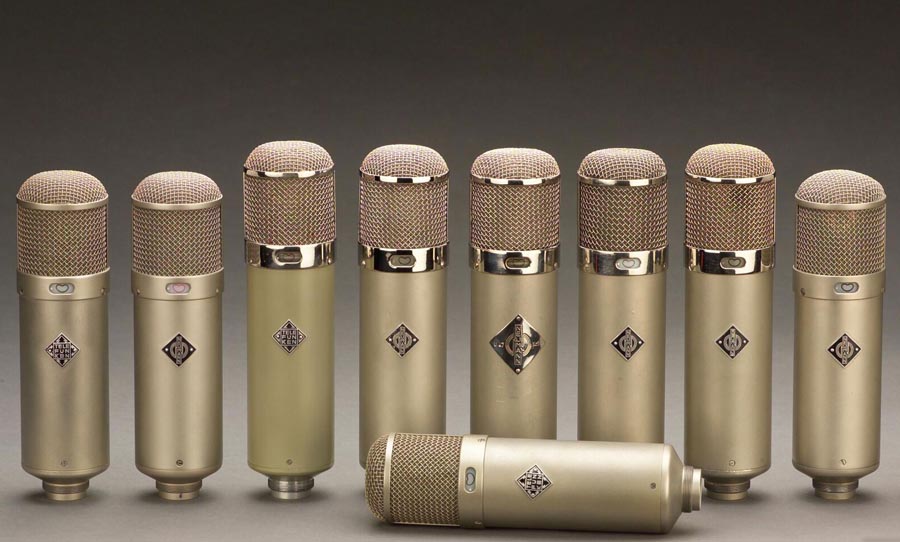
Quite simply, the demand that the audio community has created for the U 47 has forced the market’s hand. Therefore this classic German mic has spawned many offspring. Will they ever come close to the sound of the original? It is possible, but the standards of excellence, innovation and originality set by Georg Neumann way back in the 1940s are unlikely to ever be paralleled.
